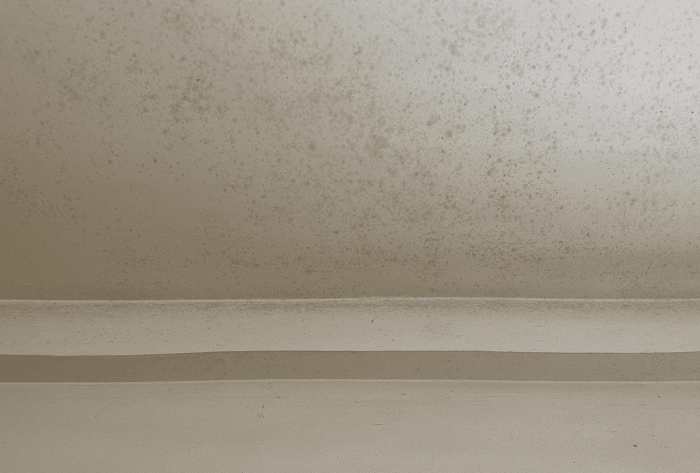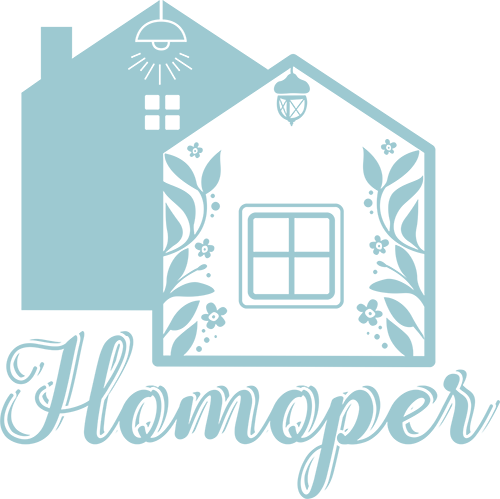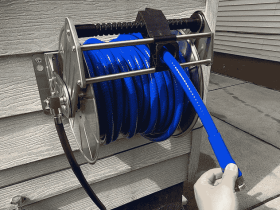Mold can be a hidden danger, silently infiltrating our homes and workplaces and potentially causing harm to our health. Despite the potential risks, many people are unaware of the warning signs and dangers associated with mold exposure. It is important not to let this silent threat go unnoticed in our lives.
To protect yourself, it’s important to recognize the warning signs of mold exposure and take action promptly. In this article, I will provide you with all the information you need to know about mold, including its definition, types, symptoms of mold exposure, and how to prevent or reduce mold growth in homes and buildings.
What is Mold?
Mold is one of the most common types of fungi found in both indoor and outdoor areas in all climates and seasons of the year. It thrives in damp and humid environments, making them perfect breeding grounds. It releases spores in the air, which settle on surfaces to reproduce new colonies.
Outdoor molds can grow on decaying leaves, trees, and other vegetation, and they can also be found in damp soil and other moist areas.
To grow molds in the indoor area, they need moisture and carbon source from building materials. They can grow on a variety of surfaces including walls, ceilings, floors, carpets, paper products, wood products, and cardboard. They can also grow in dust, wallpaper, paints, insulation even on furniture and clothing.
Types of mold
The list of molds is not short. There are approximately 150,000 types of molds available in both indoor and outdoor areas. But, according to the Centers for Disease Control and Prevention (CDC), the most common molds that are seen in indoor areas are:
- Cladosporium
- Penicillium
- Aspergillus
- Stachybotrys chartarum/Black mold

It is still unknown to researchers how often they are found in homes and buildings. According to this data, there are 27 more types of molds found in homes and businesses. These molds are Absidia, Acremonium, Alternaria, Aureobasidium, Chaetomium, Chrysonilia, Curvularia, Emericella, Epicoccum, Eurotium, Fusarium, Geomyces, Geotrichum, Gliocladium, Gliomastix, Memnoniella, Mucor, Myrothecium, Oidiodendron, Paecilomyces, Phialophora, Phoma, Scopulariopsis, Sistotrema, Trichoderma, Ulocladium, Wallemia.
Most Common And More Than 10 Warning Signs Of Mold Toxicity
What are the symptoms of mold exposure? Do you know? According to these four studies (1, 2, 3, 4), the most common warning signs of mold toxicity are short-term and long-term symptoms associated with exposure. You can check all the symptoms below.
1. What are the symptoms of short-term mold exposure?
Short-term symptoms of toxic mold exposure can vary depending on the type of mold, the amount of exposure, and individual susceptibility. Some common short-term symptoms of toxic mold exposure include:
- Runny or stuffy nose
- Sneezing and nasal congestion
- Irritation of the eyes, nose, and throat
- Sore throat
- Watery and red eyes
- Blurry vision
- Skin irritation or rash
- Coughing and wheezing
- Headaches
- Nausea and vomiting
- Asthma in children
- Dizziness
2. What are the symptoms of long-term mold exposure?
Long-term symptoms of toxic mold exposure can develop over time and may vary depending on the type of mold, the duration of exposure, and an individual’s overall health. If you want to know the symptoms of long-term mold exposure, your answer is below. I have included the ten most common long-term mold exposure symptoms.
- Fever
- Fatigue or weakness
- progressive weight loss
- Chronic Sinus Infections
- Hypersensitivity pneumonitis
- Asthma and other chronic respiratory problems
- Difficulty breathing or shortness of breath
- coughing (lasting for weeks or months)
- Neurological problems, such as memory loss and cognitive impairment
- Immune system problems, such as frequent infections and autoimmune disorders
Who is most at risk for developing health problems from the toxicity of mold exposure?
According to this study, some individuals are more susceptible to the harmful effects of mold exposure than others. The individual who is at most risk for developing health problems from toxic mold exposure are:
- Infants and young children
- Elderly people
- People with weakened immune systems
- People with asthma and allergies
How to keep mold out of homes and buildings?
There are several ways how you can prevent or reduce mold growth in homes and buildings:
1. Control humidity levels and Moisture:
You will need to keep an eye on the humidity levels, as molds require a conducive environment to grow, which includes the right humidity, moisture, temperature, and nutrients. Typically, mold grows in humidity levels above 60%, so it is recommended to use a hygrometer to monitor the levels and ensure they remain below 60%. Therefore, it is essential to control moisture levels in the home.
2. Regularly checking for mold:
Regularly inspect your home, workplace, or building for indications of mold, such as the presence of musty odors, discoloration on walls or ceilings, and any visible signs of mold growth. If you notice signs of mold in any part of your home or building, promptly clean the affected area with detergent and water using a brush or sponge, and then dry it completely to prevent further mold growth. Proper cleaning and disinfecting of the affected areas can help prevent mold growth and ensure a healthy living environment.
Note: Don’t forget to wear the right protective gears while cleaning the affected area.
3. Fixing leaky roofs, windows, and pipes:
If you notice leaky roofs, windows, and pipes, you should fix them promptly to prevent moisture buildup and subsequent mold growth. moisture. Addressing these leaks quickly is important to prevent moisture buildup, which can lead to the growth of mold and cause damage to your health, home, or building.
4. Remove or replace carpets & upholstery that have been soaked
If your carpets or upholstery have been soaked and cannot be dried immediately, it’s important to remove or replace them to prevent mold growth
5. Cleaning and drying after flooding
Cleaning and drying after flooding are crucial to prevent mold growth in your home or building. After flooding, it is important to remove any standing water and dry the affected areas as quickly as possible. You can use fans, dehumidifiers, and other drying equipment to ensure that the space is thoroughly dried.
6. Use mold-resistant materials
There are several mold-resistant materials that you can use when renovating or constructing a house. It is therefore important to utilize these materials to prevent mold growth in the future.
7. Proper ventilation
Proper air circulation can help reduce humidity and prevent the buildup of moisture in the air. Open windows and doors when possible and make sure air conditioning units and HVAC systems are properly maintained.
When to see a doctor for mold exposure?
You should consider visiting a doctor for mold exposure if you are experiencing any of the following symptoms:
- Allergic reactions such as sneezing, runny nose, itchy eyes, or skin rash
- Symptoms that worsen when you are in a certain room or building, but improve when you leave
- Respiratory problems such as difficulty breathing, chest tightness, or wheezing
- Unexplained headaches, dizziness, or fatigue
- Unexplained muscle or joint pain
- Nausea and vomiting
- Immune system problems, such as frequent infections and autoimmune disorders
If you suspect that you have been exposed to mold and are experiencing any of these symptoms, you can visit a doctor to determine the cause of your symptoms and to receive appropriate treatment.
How to test yourself for mold exposure?
Currently, there is no blood test for checking mold toxicity in your body. You can conduct a test with a doctor for checking possible allergies to mold, but there are no clinical tests that can determine when or which part of your body is affected by toxic mold exposure.
Conclusion
Mold is very harmful to our homes and health. Short-term exposure can cause symptoms such as allergies and respiratory problems, while long-term exposure can lead to chronic health issues. It is important to be aware of the warning signs of mold toxicity as well as you should take the necessary steps so that they cannot grow in your home. This is how you can safeguard your home and family members including you from the effects of mold toxicity.











Leave a Review